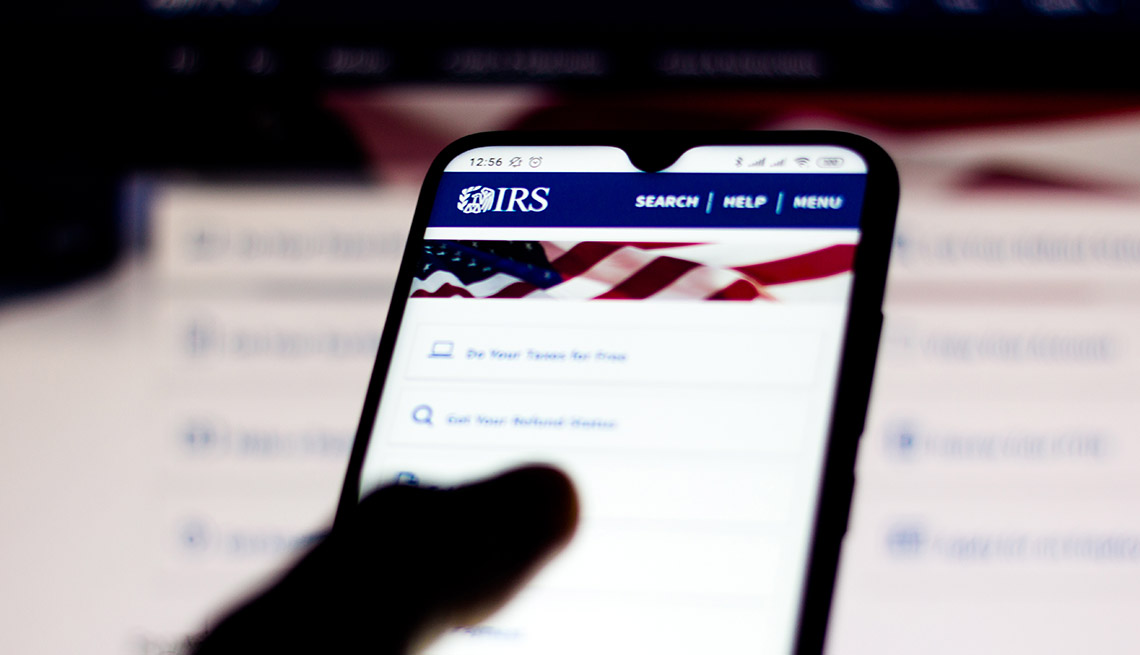“This is an all-hands-on-deck situation to help people as quickly as possible and reduce the stress on employees who have been and continue to face unprecedented levels of inventory to be worked,” Rettig wrote in his email to employees.
The IRS is returning employees who used to process tax returns and other paperwork back to their old jobs for the next eight months to help the agency cut through its massive backlog, Commissioner Chuck Rettig said in an internal email Wednesday night.
Current resources simply aren’t enough to overcome the challenge, he said, so he’s pulling people out of their new posts to leverage their prior experience.
The plan involves reassigning agency employees who previously worked in the IRS accounts management group but have moved into other jobs at the IRS in the past two fiscal years. An IRS spokesperson said the moves would involve 1,200 workers, though more could be reassigned going forward.
Rettig’s email said the recall includes former customer service representatives, tax examiners, clerks or others who had support experience at IRS offices within the last two fiscal years. Other positions such as managers and analysts who wouldn’t directly deal with case closures were excluded.
The IRS had previously said some employees could be reassigned.

Pandemic starts pileup: The pandemic that began nearly two years ago forced the IRS to temporarily close many facilities nationwide and shift most employees into telework, which meant voluminous amounts of mail the agency receives from taxpayers started piling up.
While workers put a dent into it during the first year of the problem, the mail backlog snowballed last year as the IRS also managed large parts of pandemic relief legislation, including economic impact payments, Child Tax Credit payments for individuals and families, and tax breaks for businesses.
The paper processing problems have delayed tax refunds and also triggered automatic notices to taxpayers that they owe money and may be assessed additional taxes, even though in many cases they’d already replied to previous notices but those replies were sitting in mail piles.
The IRS entered the start of tax filing season this year, which began Jan. 24, with more than 8 million original and amended individual returns unprocessed, another roughly 1.5 million unprocessed original and amended business returns and close to 5 million other letters and documents from taxpayers in response to IRS notices.
Inventory surge team: Rettig said former accounts management employees “are in the best position to provide the much needed skills and support to serve the taxpayers represented in these inventories.” They’re being enlisted as part of what Rettig called “a Servicewide initiative” to quickly establish an inventory surge team.
IRS management has briefed the union that represents most IRS employees, the National Treasury Employees Union, and Rettig said negotiations would begin soon. No workers involved in the reshuffling will receive less pay than they do now or be moved from their current work locations, the IRS spokesperson said.
The union said in a statement that the IRS “has the right to take actions like this in order to accomplish the agency’s mission, and bargaining with the union will not stand in the way. In fact, during bargaining, local NTEU leaders intend to provide several suggestions to the agency for making the surge initiative as effective as possible.”
Chad Hooper, executive director of the Professional Managers Association, which represents IRS managers ineligible for union membership, said the group was “generally supportive of this plan.” But, in a statement, he raised numerous questions about it, including how it would affect customer service and other backlogs at the agency.
Hooper said “there are significant case inventories across the Service, for example in Collections, Examination, the Independent Office of Appeals, and the Taxpayer Advocate Service.”
The IRS expects to return reassigned employees to their current positions at the end of September, when the 2022 federal fiscal year ends.
Source: Politico










